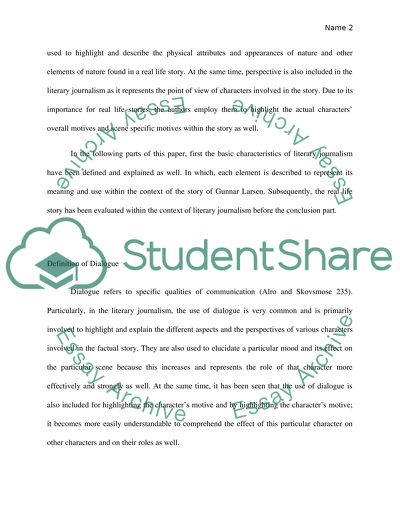Cite this document
(“The basic characteristics of literary journalism Essay”, n.d.)
The basic characteristics of literary journalism Essay. Retrieved from https://studentshare.org/journalism-communication/1646570-essay
The basic characteristics of literary journalism Essay. Retrieved from https://studentshare.org/journalism-communication/1646570-essay
(The Basic Characteristics of Literary Journalism Essay)
The Basic Characteristics of Literary Journalism Essay. https://studentshare.org/journalism-communication/1646570-essay.
The Basic Characteristics of Literary Journalism Essay. https://studentshare.org/journalism-communication/1646570-essay.
“The Basic Characteristics of Literary Journalism Essay”, n.d. https://studentshare.org/journalism-communication/1646570-essay.


